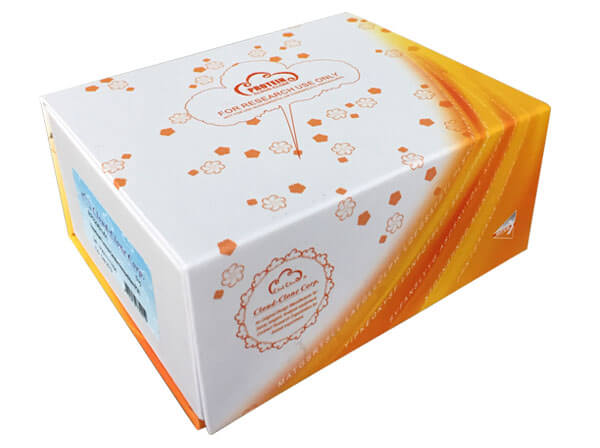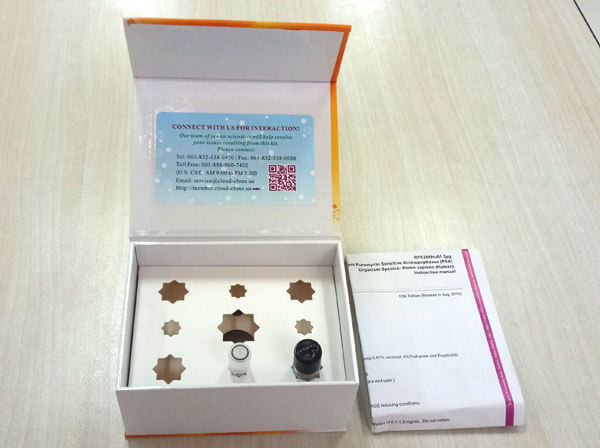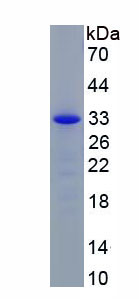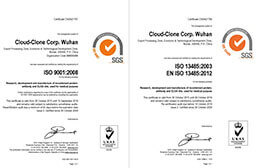Active Noggin (NOG) 

SYM1; SYNS1; Synostoses(Multiple)Syndrome 1; Symphalangism 1(Proximal)
- UOM
- FOB US$ 226.00 US$ 564.00 US$ 1,128.00 US$ 3,384.00 US$ 8,460.00
- Quantity
Overview
Properties
- Product No.APC130Hu61
- Organism SpeciesHomo sapiens (Human) Same name, Different species.
- ApplicationsCell culture; Activity Assays.
Research use only - DownloadInstruction Manual
- CategorySignal transductionImmune moleculeNeuro scienceBone metabolism
- Buffer FormulationPBS, pH7.4, containing 5% Trehalose.
- Traits Freeze-dried powder, Purity > 90%
- Isoelectric Point9.1
Sign into your account
Share a new citation as an author
Upload your experimental result
Review

Contact us
Please fill in the blank.
Activity test
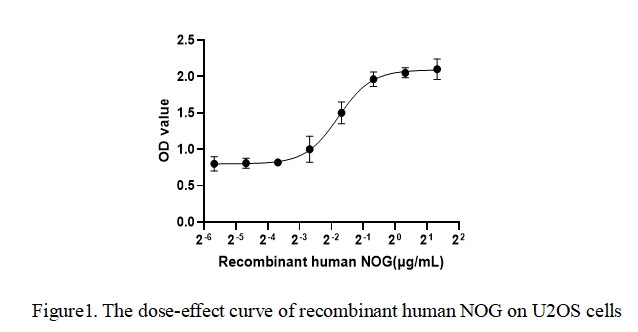
Noggin(NOG), a secreted glycoprotein, plays a pivotal role in embryonic development and cellular differentiation. It functions as a key antagonist of bone morphogenetic proteins (BMPs), a subgroup of the transforming growth factor-beta (TGF-β) superfamily. By binding directly to BMP ligands, NOG inhibits their interaction with cell surface receptors, thereby modulating critical signaling pathways that govern tissue patterning, and organogenesis. To test the effect of NOG on cell proliferation, U2OS cells were seeded into triplicate wells of 96-well plates and allowed to attach, replaced with various concentrations of recombinant human NOG. After incubated for 72h, cells were observed by inverted microscope and cell proliferation was measured by Cell Counting Kit-8 (CCK-8). Briefly, 10 µl of CCK-8 solution was added to each well of the plate, then the absorbance at 450 nm was measured using a microplate reader after incubating the plate for 1-4 hours at 37 ℃. Cell viability was assessed by CCK-8 assay after incubation with recombinant human NOG for 72h. The result was shown in Figure 1. It was obvious that NOG significantly increased cell viability of U2OS cells. The ED50 of recombinant human NOG is 0.292 μg/ml.
Usage
Reconstitute in 10mM PBS (pH7.4) to a concentration of 0.1-1.0 mg/mL. Do not vortex.
Storage
Avoid repeated freeze/thaw cycles. Store at 2-8°C for one month. Aliquot and store at -80°C for 12 months.
Stability
The thermal stability is described by the loss rate. The loss rate was determined by accelerated thermal degradation test, that is, incubate the protein at 37°C for 48h, and no obvious degradation and precipitation were observed. The loss rate is less than 5% within the expiration date under appropriate storage condition.
Increment services
-
 BCA Protein Quantification Kit
BCA Protein Quantification Kit
-
 Molecular Mass Marker for Protein
Molecular Mass Marker for Protein
-
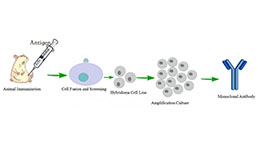 Monoclonal Antibody Customized Service
Monoclonal Antibody Customized Service
-
 Polyclonal Antibody Customized Service
Polyclonal Antibody Customized Service
-
 Protein Activity Test Experiment Service
Protein Activity Test Experiment Service
-
 Electrophoretic Mobility Shift Assay (EMSA) Experiment Service
Electrophoretic Mobility Shift Assay (EMSA) Experiment Service
-
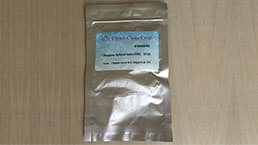 Buffer
Buffer
-
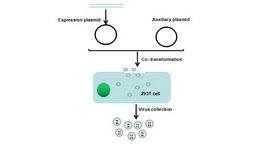 Lentivirus Packaging Experiment Service
Lentivirus Packaging Experiment Service
-
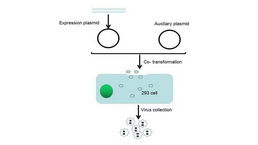 Adenovirus Packaging Experiment Service
Adenovirus Packaging Experiment Service
-
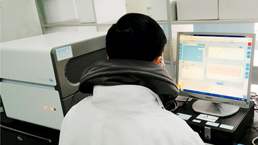 Real Time PCR Experimental Service
Real Time PCR Experimental Service
-
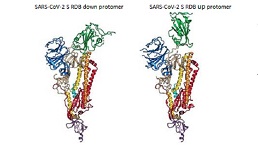 Spike RBD Protein (S-RBD)
Spike RBD Protein (S-RBD)
-
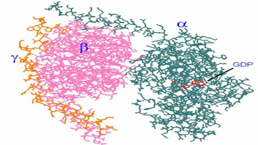 Protein G
Protein G
-
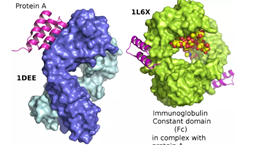 Protein A
Protein A
Citations
- Imbalance between BMP2 and Noggin induces abnormal osteogenic differentiation of mesenchymal stem cells in ankylosing spondylitisPubMed: 26413886
- Imbalance Between Bone Morphogenetic Protein 2 and Noggin Induces Abnormal Osteogenic Differentiation of Mesenchymal Stem Cells in Ankylosing SpondylitisPubmed:26413886
- Oxygen-glucose deprivation preconditioning protects neurons against oxygen-glucose deprivation/reperfusion induced injury via bone morphogenetic protein-7 mediated ERK, p38 and Smad signalling pathways.Pubmed:26385023
- The BMP2 variant L51P restores the osteogenic differentiation of human mesenchymal stromal cells in the presence of intervertebral disc cells.pubmed:28266688
- mbalance Between Bone Morphogenetic Protein 2 and Noggin Induces Abnormal OsteogenicDifferentiation of Mesenchymal Stem Cells in Ankylosing Spondylitis.pubmed:26413886
- The BMP antagonist Noggin is produced by osteoblasts in response to the presence of prostate cancer cells.pubmed:28981962
- Efficient in vitro delivery of Noggin siRNA enhances osteoblastogenesispubmed:29167826
- Low‐intensity pulsed ultrasound promotes bone morphogenic protein 9‐induced osteogenesis and suppresses inhibitory effects of inflammatory cytokines on cellular …Pubmed: 31006911
- Effect of tadalafil on penile nitric oxide synthase and corporal smooth muscle in rats under dutasteride treatmentPubmed: 32160825
- Effect of Simvastatin Use in Free Tissue Transfer: An Experimental Study in a Rat Epigastric Free Flap ModelPubmed: 31995818
- Slow diffusion on the monolayer culture enhances auto/paracrine effects of Noggin in differentiation of human iPS cells induced by BMPPubmed:35005256



